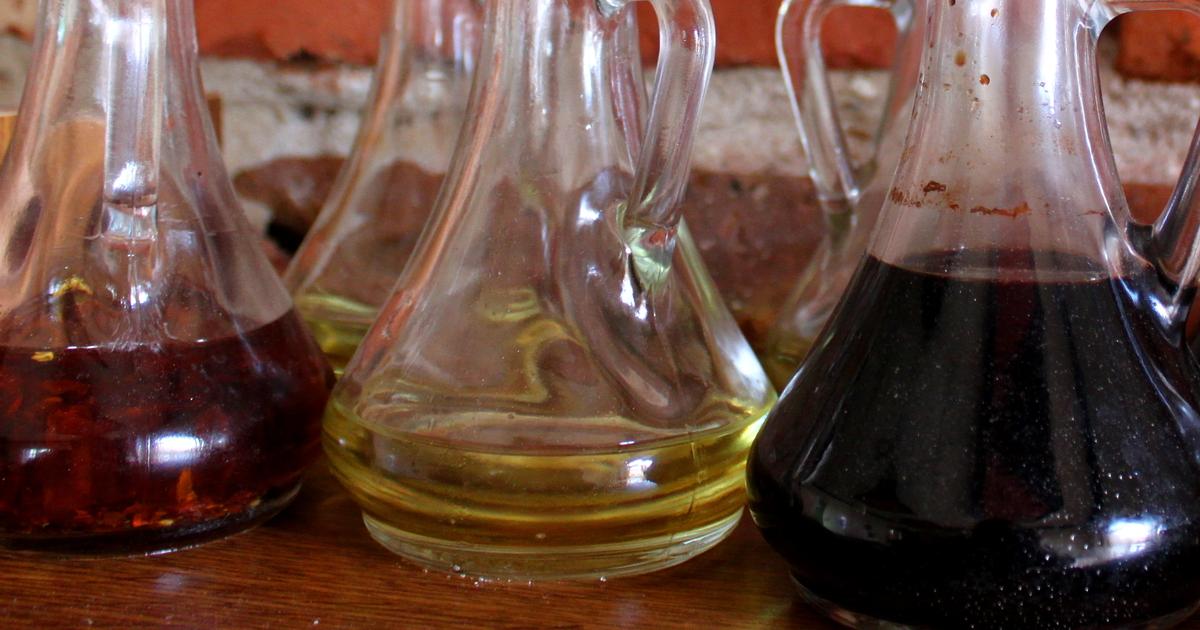Overview Of Apple Cider Vinegar
Comparison To White Or Malt Vinegar

Apple cider vinegar has numerous things in common with white and malt vinegar. However, it also has several clear differences. One difference is that white vinegar is clear, whereas apple cider vinegar tends to be murky and brown. Vinegar is made by fermenting alcohol. Apple cider vinegar is made by crushing apples and then bringing them through a two-step fermentation process. However, standard white vinegar is created by fermenting grain alcohol. White vinegar has about four to seven percent acetic acid. The rest is ninety-three to ninety-six percent water. White vinegar, similar to apple cider vinegar, has antibacterial properties due to the acid content. It can be used as a disinfectant and cleaner in the home. Apple cider vinegar tends to have five to six percent acetic acid and ninety-four to ninety-five percent water.
Apple Cider Vinegar And The Skin

Many individuals claim that apple cider vinegar is beneficial for their skin. They say that it can help exfoliate their skin, reduce bacteria, and treat sunburns. Thus, many individuals use it as a spot treatment for acne, in toners, and as a cleanser. Most of the time, individuals dilute apple cider vinegar with some water. This is good, since undiluted, it can be quite irritating.
Unfortunately, many skincare experts say that using apple cider vinegar in do-it-yourself products can still be irritating. They also claim that it can even destroy the skin's natural moisture barrier and cause issues such as chemical scarring. Thus, individuals are encouraged to use commercial apple cider vinegar skincare products that professionals have formulated if they really wish to use this ingredient on their skin.
